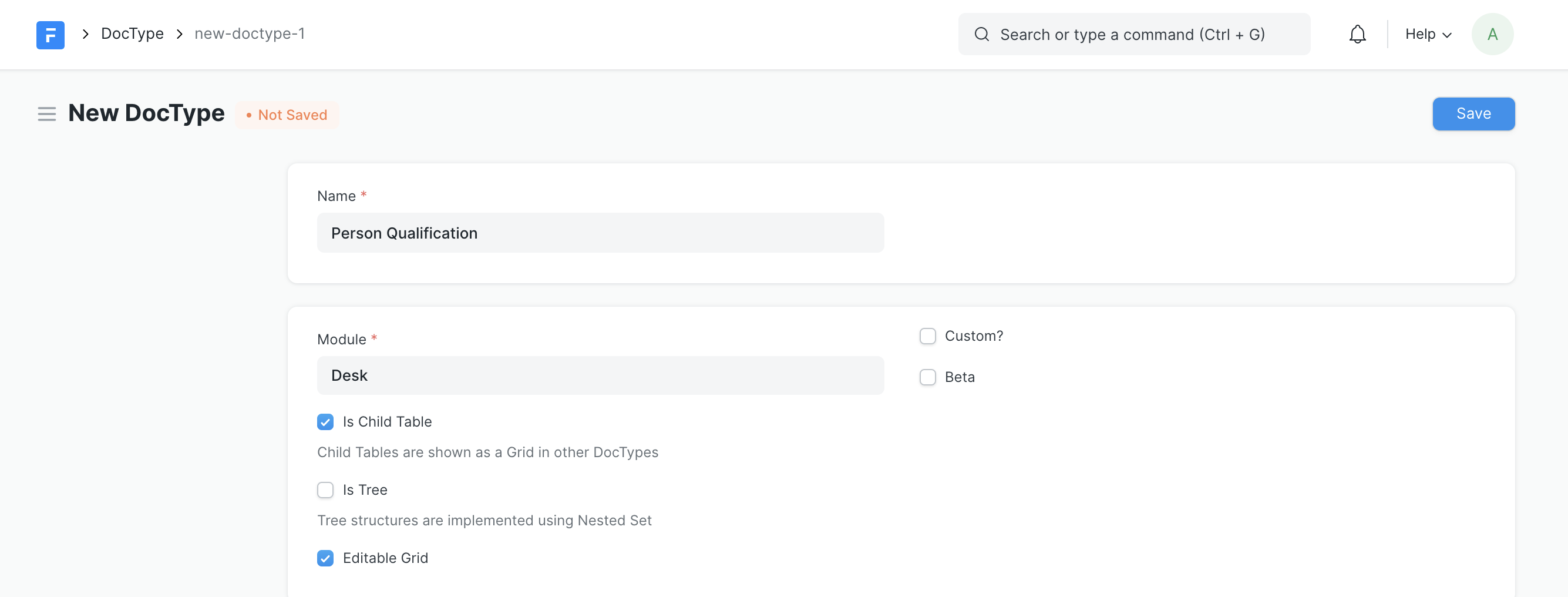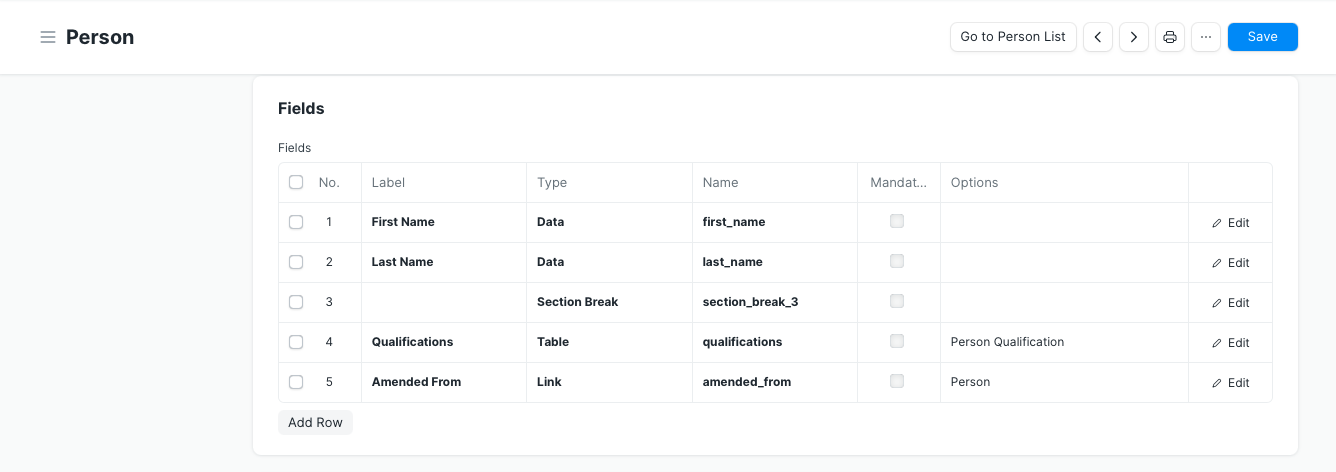Introduction
Welcome to this comprehensive guide on one of the most powerful features in Empress - Child DocTypes. As developers, you might often encounter the need to represent and store many-to-one relationships in your data models. Empress makes this straightforward with the concept of Child DocTypes. This guide dives into what Child DocTypes are, how to implement them, and how they can be manipulated and debugged.
What are Child DocTypes?
In the context of Empress, a Child DocType represents a many-to-one relationship between data records. These are DocTypes that can only be linked to a parent DocType, enabling the storage of multiple records against a single record.
Creating a Child DocType
Creating a Child DocType is as easy as creating a regular DocType. The only difference is that you need to ensure that the Is Child Table checkbox is checked while creating the DocType.

Linking a Child DocType to a Parent DocType
To establish a many-to-one relationship between a Child and Parent DocType, add a row in the Parent DocType with the field type set to Table and options set to Child Table.

Once linked, Child DocType records are directly attached to the parent document. This can be verified using the frappe.get_doc() method.
>>> person = frappe.get_doc('Person', '000001')
>>> person.as_dict()
{
'first_name': 'John',
'last_name': 'Doe',
'qualifications': [
{'title': 'Frontend Architect', 'year': '2017'},
{'title': 'DevOps Engineer', 'year': '2016'},
]
}
Special Properties of Child DocTypes
Child documents have special properties that define their relationship to their parent:
parent: The name of the parent.parenttype: The DocType of the parent.parentfield: The Field in the parent that links this child to it.idx: The sequence or row number of the child record.
These properties play a crucial role in defining the relationship between parent and child DocTypes and can be used to manipulate and debug many-to-one relationships in your data models.
Conclusion
Child DocTypes are a powerful feature in Empress that allow developers to model many-to-one relationships in their data. Understanding how to create and link Child DocTypes to their parent DocTypes, as well as how to manipulate and debug these relationships, is a critical skill for any developer working with Empress. The Child DocType feature is just one of many ways Empress provides developers with the tools they need to build sophisticated, scalable, and customizable business solutions.